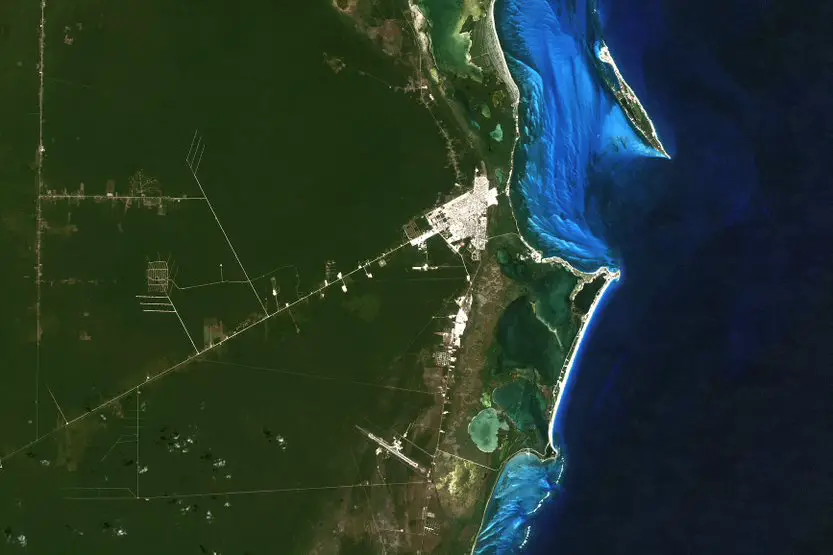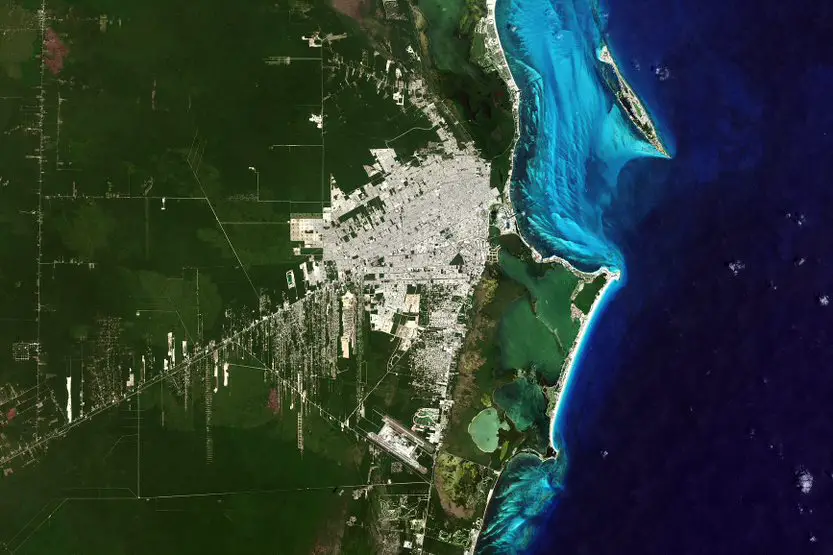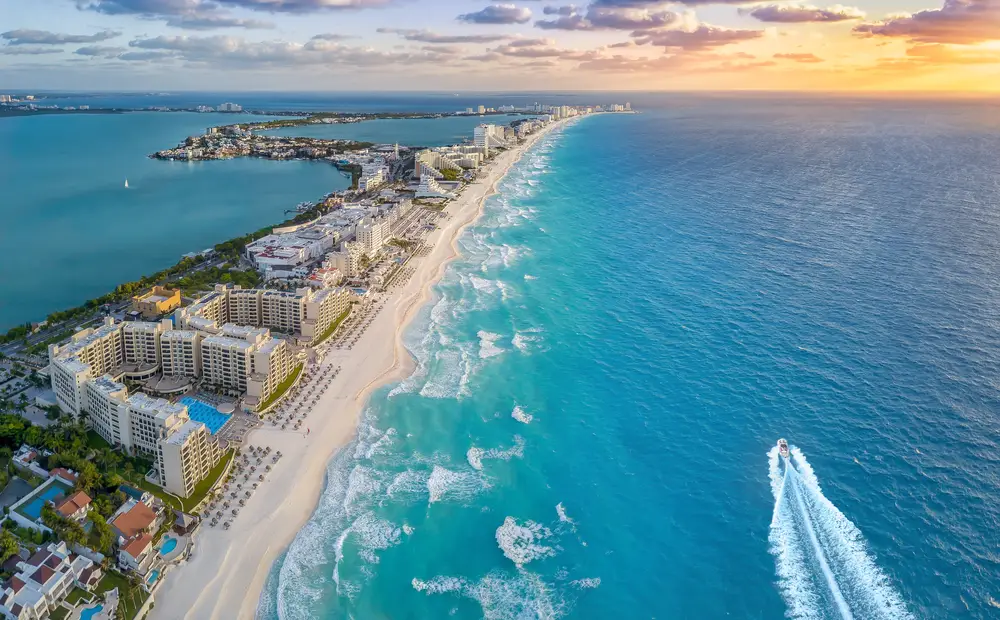Cancun, Mexico, is a popular tourist destination on the Yucatán Peninsula with 14 miles of high-rise hotels next to white-sand beaches. But Cancun hasn’t been a tourist draw as long as you would think. As late as the 1960s and early 70s, the area where Cancun now sits was nothing but sand dunes, jungle, and a tiny fishing village.
Things started in 1967 when the Mexican government set aside $2 million USD to find new recreation zones in the country that had no other development possibilities. The government’s goal was to attract the rise of tourism that was happening. People, specifically from the U.S., were traveling longer distances and staying longer during vacations, and Mexico wanted to attract them there.
Banco de Mexico (the National Bank of Mexico) developed an agency called Intrafur (Fund for the Promotion of Tourism Infrastructure) that would find sites to be suitable tourist locations where resorts could be built. Intrafur could buy land it wanted to develop and provide basic infrastructure such as roads, water, electricity, and airports to lure private investors to an area with a significant tourist draw. But Intrafur had to find just the right spot to convince government officials that it would bring in vast numbers of tourists.
In 1968, Intrafur planners began using computer models to predict what site in Mexico would be ideal for a tourist destination. The weather would have to be superb, and there would need to be white-sand beaches, readily available drinking water, few insects on the land or sharks in the water, and a place where there would be enough people in the area to be able to take on the jobs that would be required.
The planners also made up a profile of what a typical Caribbean tourist would look like and where they would come from. This included taking data from other tourist locations in the Caribbean, Florida, other places in Mexico, and even Hawaii. They even took into account how many hotel rooms would be needed, and the prevalence of hurricane strikes. All of the data was compiled and fed into a computer.
In addition, the Intrafur planners made trips to various spots along Mexico’s vast coastline to get a close-up view of what the beaches, land, and infrastructure looked like. After all the research, planners narrowed the search to 25 sites. This was when they looked at the poorest areas and gave them the highest preference.
When everything was done, an area on the Yucatan Peninsula, off the coast of Quintana Roo, was selected. This area was a narrow sand dune island separated from the mainland by a series of lagoons. The island would become the Hotel Zone of Cancun, while the rest of the city would be on the mainland. It checked all the boxes the Mexican government was looking for to draw tourists, and it went ahead and bought the other areas of the island that it didn’t already own.
The development was approved in 1969, and construction began in 1970. Only three residents lived on a nearby island called Isla Mujeres, and 117 people lived in a nearby fishing village called Puerto Juárez. The first nine hotels had to be financed by the Mexican government since investors hadn’t yet bought into the idea that the area would be a tourist attraction.
The first hotel was completed in 1974, but construction began to heat up in the 1980s and 90s. This led to Cancun today having over 30,000 hotel rooms, and the city generates one-fourth of Mexico’s total tourism revenue, all in about 50 years.


Sources: Mexican Caribbean Travel, Yucatan Magazine, Go World Travel, NASA Earth Observatory


